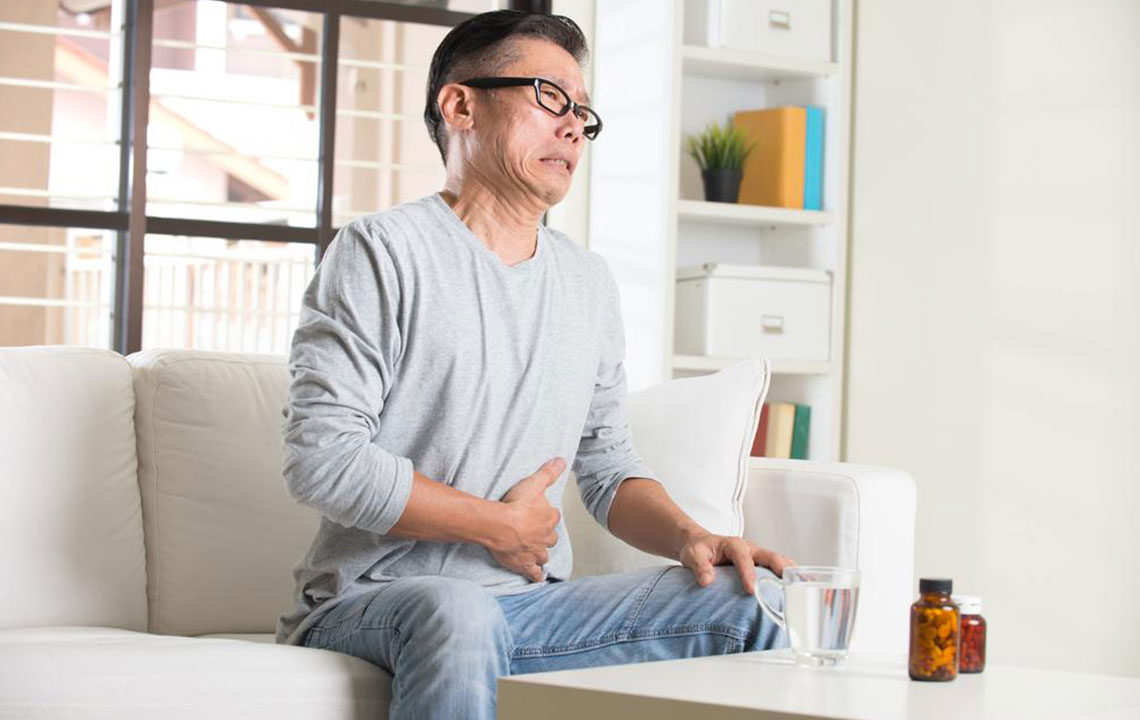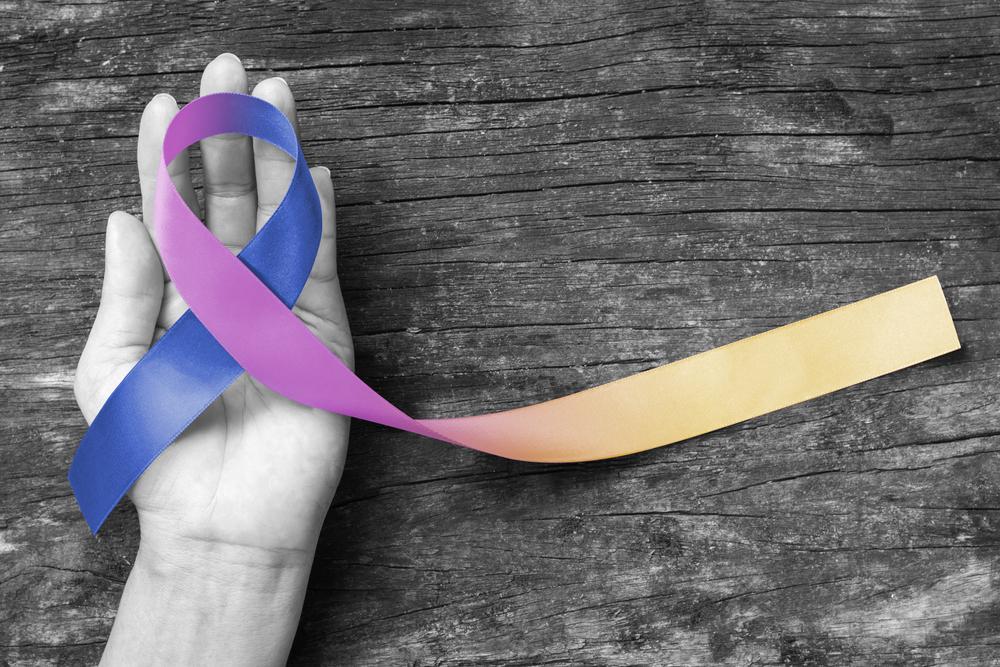Recognizing Symptoms of Overactive Bladder
This article discusses the key symptoms of overactive bladder, including urgency, frequent urination, nocturia, and involuntary leakage. Recognizing these signs can help individuals seek appropriate treatment, improving quality of life. While common among older adults, OAB is treatable with behavioral and medical options. It’s important to consult healthcare professionals for management. Awareness of symptoms promotes early diagnosis and effective intervention, reducing social and health impacts associated with this condition.

Recognizing Symptoms of Overactive Bladder
Overactive bladder (OAB) is a condition characterized by an urgent, frequent need to urinate due to a dysfunction in bladder storage capacity. Consuming large quantities of fluids can increase bathroom trips, but OAB symptoms may occur regardless of fluid intake. It often results in involuntary urine leakage and can significantly impact social and daily activities, leading some to avoid outings and social gatherings out of fear of embarrassing incidents. While timely toilet access can help control urgency, unexpected urination frequency and nighttime episodes can severely affect quality of life.
Common signs indicating potential overactive bladder include:
1) Sudden urge to urinate:
A strong, uncontrollable feeling to urinate can occur anytime, regardless of location or fluid intake.
2) Sleep disturbances:
Frequent nighttime urges, known as nocturia, are typical in OAB. Persistent sleep disruptions can negatively affect health, mood, and overall well-being.
3) Increased bathroom visits:
If you find yourself urinating around 10-12 times within 24 hours, it’s advisable to seek testing. OAB-related urination frequency isn’t always linked to fluid consumption, often occurring despite fluid intake restrictions.
4) Involuntary urine leakage:
This happens when bladder muscle contractions occur suddenly, causing involuntary leakage of urine — from just drops to larger amounts. Although common in older adults, OAB isn’t an inevitable part of aging. If symptoms bother you, behavioral and medical management options are available.
Note:
This article’s information on symptoms, treatments, and health conditions is for educational purposes only. It should not replace professional medical advice. Always consult qualified healthcare providers for diagnosis and treatment. Use discretion when interpreting health information, and seek expert medical guidance when needed.










